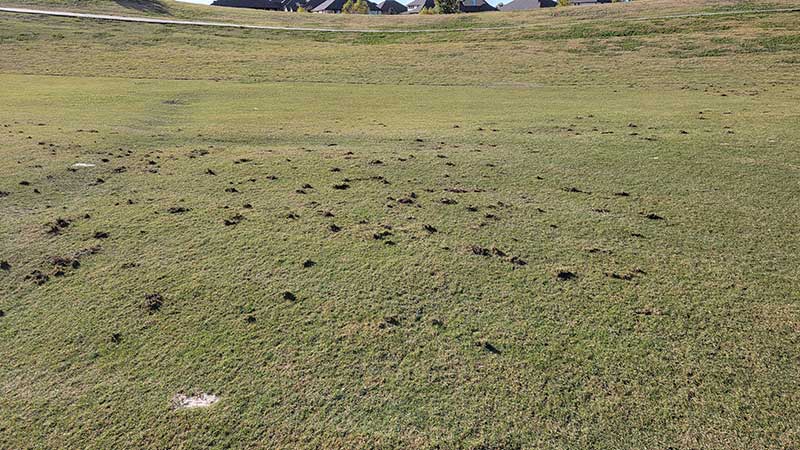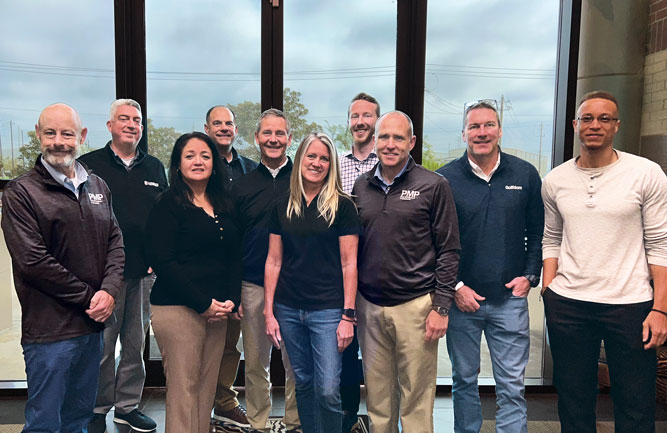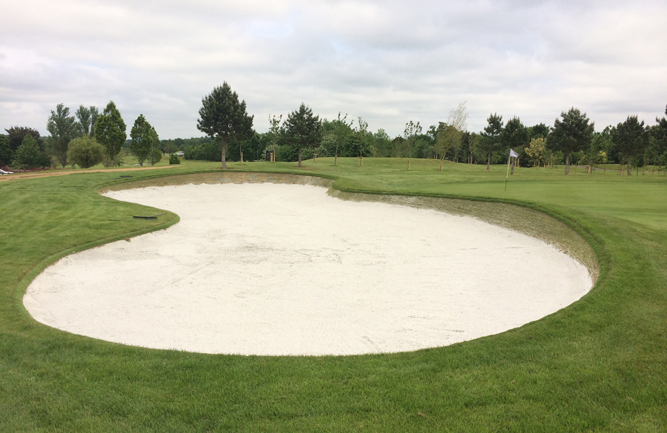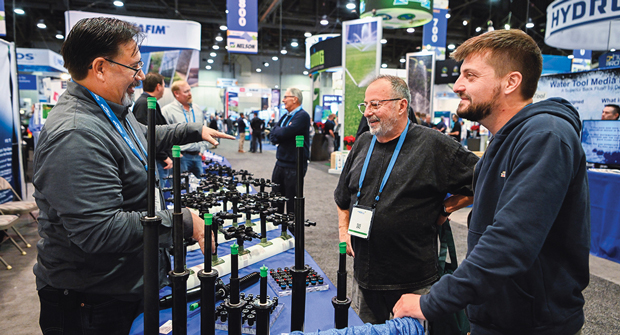Moore’s Lesson: Sometimes good lessons stink

Jim Moore says a lesson he learned the hard way is to take the time to properly diagnose a turf issue instead of treating symptoms. (Photo: Jim Moore)
This is the second of a series of articles detailing lessons I have learned the hard way — that is, by virtue of mistakes made during my career. This lesson is about looking for causes rather than just symptoms.
Back in the day (1981 to be exact), I was superintendent at Ridgewood Country Club in Waco, Texas. Getting the job at RCC was a huge step for me and I really felt the pressure to fix problems immediately. I was particularly proud of the improvements we were making in the fairways which seemed to get better by the day, probably due to the huge quantities of ammonium sulfate I was pouring on the turf. You can imagine the disappointment and outright anger I felt driving into the club and seeing huge areas dug up. The damage was widespread with almost every hole affected. Apparently, every skunk in the county decided to have a party on my beautiful fairways. My first reaction was to kill every last one of them.
Our equipment inventory included four ATVs that we used to pull small carts, greensmowers, etc. They were also perfect for hunting skunks. That night, armed with shotguns and possibly a beer or two, my green chairman and I jumped on the ATVs and set out to exterminate the species. ATVs, shotguns and beer — what could go wrong? As it turned out, three things went wrong.
First, we killed so many skunks, the next morning the entire property smelled horrible. Second, in the process of speeding around the golf course more than a few live shotgun shells bounced out of our rides. I had to send the crew out to scout the entire course to gather them all up before they got hit by a mower. Third, we hardly dented the skunk population as evidenced by the damage that occurred the next night. For a week I rode the course at night trying to fix this problem to no avail.
Root of the cause
One of my crew was a man we all called “Pop” since he was in his late 70s and had worked at RCC for over 30 years. It was Pop who first pointed out to me that I should be trying to kill the grubs rather than the skunks. I was fertilizing so hard I had hid most of the grub damage that would have otherwise been obvious. After treating for grubs, the skunk damage dropped to almost nothing.
I know this is an obvious example of treating the symptom rather than the cause but even experienced superintendents can make this mistake. Consider the greater disease incidence and subsequent heavy use of fungicides on greens surrounded by trees limiting good air movement. Or, how about all the signs and ropes used to keep carts out of wet areas when installing additional drainage might eliminate the need for them altogether. Yet another example might be relying on labor-intensive hand watering of dry areas that are the result of poor coverage by irrigation heads that are not level or have nozzles that are worn out.
Lesson No: 2
When confronted with a problem, take the time to determine the cause of the problem. You may have to treat the symptom in the short term but be sure to also implement steps to reduce the likelihood of the problem recurring. A fellow named Albert Einstein summed it up nicely:
“If I had an hour to solve a problem I’d spend 55 minutes thinking about the problem and 5 minutes thinking about solutions.”












